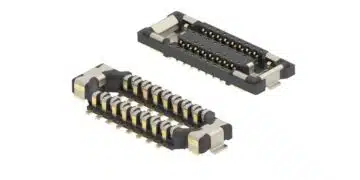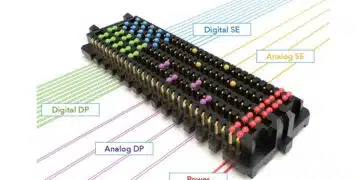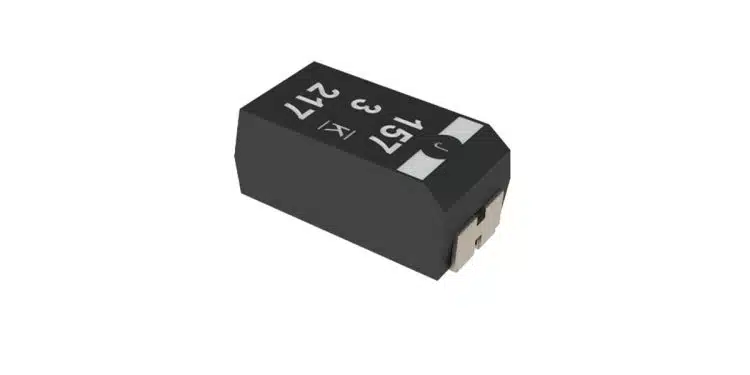KEMET Launches First T581 SMD Tantalum Polymer Capacitors Qualified to Military Performance Specification MIL-PRF-32700/2.
KEMET, part of YAGEO Group, and a leading global electronic components supplier for aerospace, defense, avionics, and mission-critical applications, introduces the first T581 capacitors qualified to the requirements in Military Performance Specification Sheets MIL-PRF-32700/2.
This release marks the first-to-market polymer tantalum surface mount capacitors that will meet these new specifications, reinforcing KEMET industry and technology leadership in the defense and aerospace high-reliability application market.
The introductory KEMET release of 35V-rated capacitors is a pivotal solution for high-reliability military applications requiring complete MIL-PRF-qualified components and high volumetric efficiency of polymer tantalum technology.
Polymer tantalum technology is a preferred capacitor solution for filtering/decoupling in fast-switching DC/DC converters where efficiency is a critical parameter. The multi-anode design of the T581 series will offer higher power levels and lower ESR capacitance solutions for medium to high levels of switching frequency domains. Additionally, this series will provide superior reliability and electrical performance in power management applications due to its best-in-class, ultra-low ESR.
Since 2006, KEMET has offered proven high-reliability polymer tantalum capacitor technology for the mission-critical and rigorous requirements in the defense and aerospace industries. This technology addresses the need for superior electrical performance with lower ESR and higher frequency response, lower derating, and a benign failure mode.
KEMET will continue to broaden the portfolio of military-grade capacitors throughout 2024 and beyond, including additional capacitance/voltage (CV) ratings and the T580 series.































